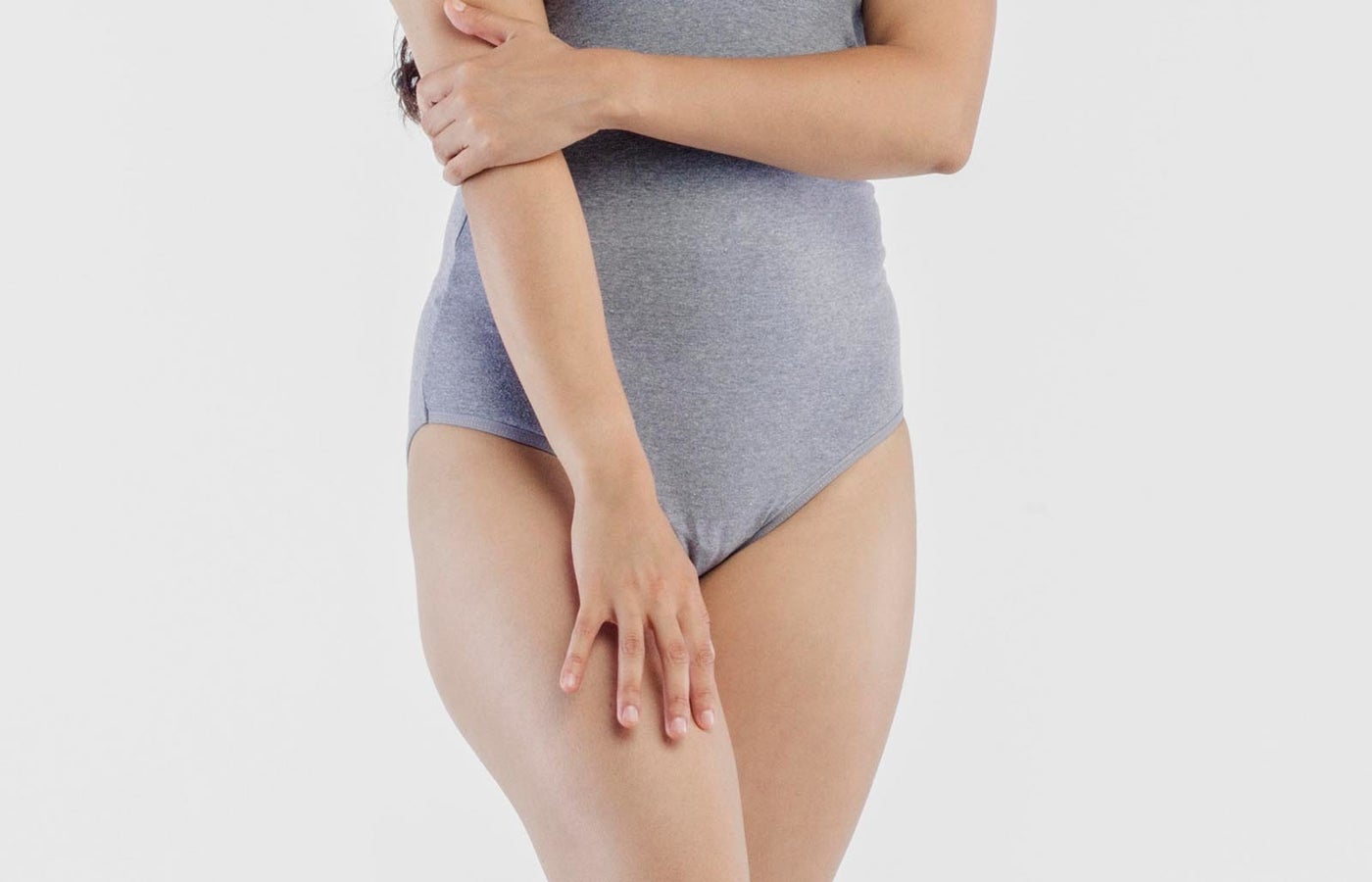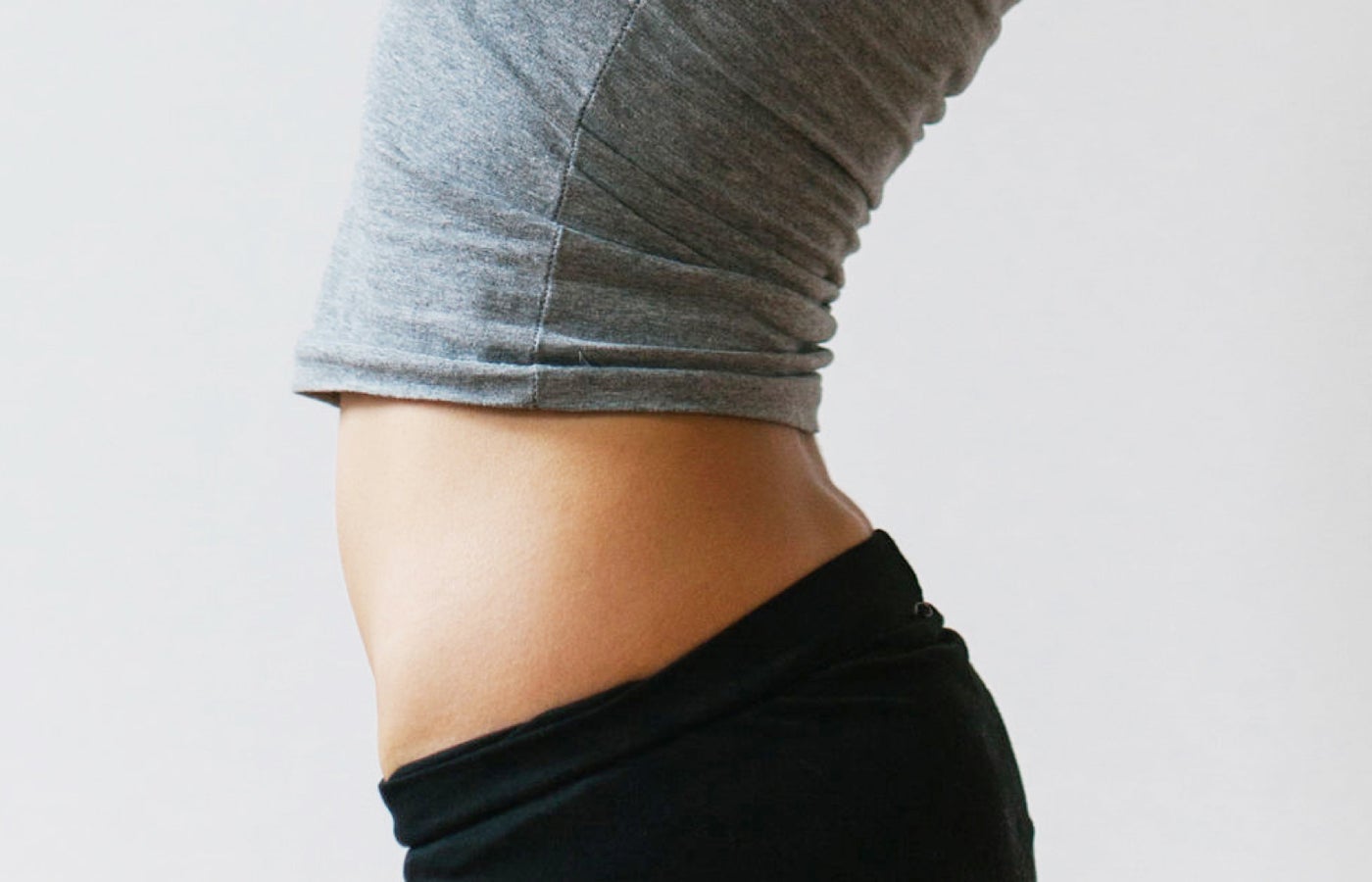A body lift combines several surgeries in one procedure to remove extra skin with poor elasticity and related fat deposits after significant weight loss, often from a bariatric surgery such as gastric bypass.
An upper body lift, lower body lift, or a combination of the two provides the most dramatic body contouring results of any skin tightening procedure, while reducing the discomfort that can be caused by excess skin. Results are immediate and permanent, as long as you maintain a stable weight.
As more people have had weight loss surgery, the popularity of lower body lifts has risen by nearly 4,000% over the past 20 years, according to the most recent statistics from the American Society of Plastic Surgeons.
A full body lift is a type of cosmetic surgery that combines upper and lower body lift surgeries, usually performed several months apart, to give you time to heal in between.
A lower body lift usually includes these procedures:
- a butt lift
- an outer thigh lift
- a tummy tuck
- a panniculectomy (to remove a lower stomach apron of loose skin) and/or monsplasty (surgery to tighten the mons pubis, the area of fatty tissue between the genitals and pubic bone)
Also known as a belt lipectomy, a lower body lift is performed via a circumferential incision that runs from the lower abdominal area, around the hips, and across the lower back to the buttocks. For this reason, it's also often called a 360 circumferential lower body lift.
A lower body lift doesn't usually include the inner thigh area. Removing excess skin there requires a medial thigh lift, which often is performed after patients have recovered from a lower body lift, says Dr. Paul Fortes, a plastic surgeon in Houston. Inner thigh "corrections are built on the foundations established by abdominoplasty, lateral [outer] thigh lift, and buttock lift."
Upper body lift treatment plans vary by what you need, but they often include:
- an arm lift
- a back lift
- a breast lift and/or breast augmentation for women (sometimes combined with liposuction as part of a mommy makeover)
Pros
- A surgical body lift procedure is the only way to remove a significant amount of loose skin after massive weight loss.
- According to a recent study, the combination of a tummy tuck and a lower body lift can improve patients’ general and sexual quality of life after massive weight loss.
- Many patients report increased self-confidence after having a body lift. Often, it feels like the culmination of a long weight-loss journey.
- Results are visible immediately, and clothing fits better once the excess skin has been removed.
- The satisfaction rate for this procedure is also extremely high: body lift surgery has a 96% Worth It Rating among RealSelf members.
Cons
- Recovery time after body lift surgery can be quite lengthy—a month or more—because of the large amount of skin removal and tissue lifting involved.
- Complication rates for this type of plastic surgery are relatively high, especially for long operations that involve multiple procedures.
- It’s not possible to avoid extensive and permanent scars from the incisions, though they will fade over time and become less noticeable.
- For some people, removing excess skin can flatten the buttocks, which might create a desire for butt augmentation.
- A body lift can also make the torso look more boxy. A boxy figure pre-op contributes to a boxy waistline post-op, though a body lift procedure can be performed in various ways—for instance, by placing the incision higher—to maximize the chance of creating an hourglass shape, says Dr. Timothy Katzen, a plastic surgeon in Beverly Hills, California, who specializes in reconstructive surgery after massive weight loss.
- Average Cost:
- $22,058
- Range:
- $11,500 - $45,000
The price you'll pay will depend on your surgeon’s credentials and experience, where you have the surgery performed (at a hospital versus accredited surgery center), and the details of your treatment plan.
It will also cost more if you stay in the hospital overnight instead of having the procedure performed at an outpatient surgical center.
During your consultation, ask for a personalized, out-the-door cost quote that includes the plastic surgeon's fee, facility fees, anesthesia fees, the compression garment, and any other charges. Follow-up visits with your doctor should be included in the surgeon's fee, but you may need to cover pre-op medical tests out of pocket, if your insurance doesn’t cover them.
Most surgeons offer payment plans or accept third-party financing options, such as CareCredit.
See our complete guide to body lift costs and insurance coverage.
The body lift photos in our gallery have been shared by the provider who performed the procedure, with the patient's consent.
Healthy nonsmokers with excess skin and small pockets of excess fat after losing a significant amount of weight (due to weight loss surgery or a healthy lifestyle) can be good candidates for body lift surgery.
“Most plastic surgeons will recommend a BMI of 30 or below to minimize surgical and postoperative complications,“ says Dr. Kenneth Hughes, a plastic surgeon in Los Angeles, California. For patients in this range, studies have also shown body lift surgery to be “safe and effective.” Your doctor can help you create a plan to reach your ideal weight.
You'll also need to be at a stable weight for at least six months prior to your surgery, so your surgeon knows how much excess skin needs to be removed.
If you have diabetes, heart disease, lung disease, or another serious medical condition, your primary care doctor may hesitate to sign off on a body lift. These conditions can affect your body’s ability to heal or increase your risk of complications.
Because body lifts combine a number of procedures, you’ll have the best result and safest surgery with a board-certified plastic surgeon with experience in a range of body contouring procedures.
During your consultations, find out how many body lift surgeries your potential providers have performed. Ask them to lay out a unique treatment plan for you, and to show you before and after photos of other patients who look like you, so you can get a realistic idea of the kind of results they can deliver.
This is a major operation, so it can be well worth the time and fees to consult with more than one qualified plastic surgeon.
The details of your surgery will depend on how many procedures you need to achieve the results you want. In some cases, a patient has either an upper or lower body lift done in a single operation. In others, a body lift is done in several stages, giving the patient time to heal in between.
You should be able to have a smaller surgery done as an outpatient procedure, but more complex operations could require a short hospital stay—possibly up to two days for a 360 circumferential lower body lift.
On the day of surgery, the operation itself could last four or five hours and possibly even longer, based on your individual needs. Some surgeons say it’s safer to spread the process out over several days than operate for longer than six hours, though a 2008 study observed patients undergoing two-stage total body lifts at up to 7.4 hours for the first stage and 4.6 hours for the second, with no major difference in complication rates between multi and single-stage surgeries.
During any body lift:
- You’ll be given general anesthesia, so you’ll be fully asleep.
- Your surgeon will then remove the excess fat and skin before lifting the remaining skin, to give your body a more sculpted shape. This is done through surgical excision (cutting off of excess tissue), often combined with liposuction to achieve an improved contour.
- Deep sutures are often used within the underlying tissues, securing the fascia that covers the muscle to support your new shape.
- Sutures are also used to close the skin incisions. Unless your surgeon uses dissolvable stitches, these are typically removed during a follow-up appointment 1–2 weeks after surgery.
Plan to take a month off work and expect to take it easy for another few months. Because body lifts combine multiple surgical procedures and are customized to each patient, your surgeon will give you the best estimate of how much downtime you’ll need.
Their staff will also provide you with detailed recovery instructions, but here’s a general timeline of what to expect.
- Your initial post-op recovery could take a few hours or up to two days, depending on the extent of your procedure and how long you need to be monitored by medical staff.
- When you're ready to head home, you will be given compression garments, to reduce swelling as you heal.
- You may be woozy as you leave the surgical center (especially if you’re on prescription pain medication), so plan to have someone you trust there to take you home safely.
- You’ll also need someone to help you out with bathing and other basic tasks for the first few days after your procedure.
- You may also have surgical drains, to prevent fluids from building up and causing seroma formation.
- Your surgeon will give you instructions for keeping your incisions clean and preventing infection. “Generally, six to eight weeks of protecting your incisions should cover most uncomplicated situations with a body lift,” says Indianapolis plastic surgeon Dr. Jeffrey Wagner.
- You’ll need to follow your surgeon’s instructions regarding exercise. You may be able to resume strenuous activities by three months post-op, but your surgeon will check on your progress and help you determine when it's safe to be more active.
- Once your incisions have healed, the scars should not limit your activity. "The skin reaches its maximum strength about six weeks after an incision is closed," says Dr. Karol Gutowski, a plastic surgeon in Glenville, Illinois. "After this point, it would be extremely unlikely to have problems. By three months, you can do all you want." If you're concerned about how your scars are healing, talk with your surgeon about when you might want to start a scar treatment.
- You can expect to have residual swelling for three to six months.
You’ll see your new shape right after your surgery, but your final results won’t be apparent until all your swelling goes down.
“The majority of the swelling is resolved after three months, but small areas can persist for up to a year to a year and a half,” says Chicago-based plastic surgeon Dr. David Shifrin.
Your scars will fade over the first year. You can help that process along with a scar treatment, once your incisions have healed.
“Body lift results are permanent,” says Dr. Shifrin.
You’ll be happiest with your investment if you can maintain a consistent weight, with a healthy diet and regular exercise once you're ready to resume your normal activities.
How much weight you lose after body lift surgery will depend on the specifics of your procedure, but it's possible to lose 6 to 10 inches and 6 to 12 pounds from the removal of excess skin and fat with a body lift.
While that may not seem like much, the improvement in body contour often makes patients look like they’ve had more significant weight loss.
Body lift risks are similar to those of most surgeries, but combining several procedures heightens the chance that complications will develop. “The lower body lift is a major operation,” so it’s important to be prepared, says San Diego plastic surgeon Dr. Tom Pousti.
A 2016 study found the overall complication rate with body lift surgery was 78%. The study stresses the importance of going into the procedure with a “good weight status” and highly recommends that patients not be smokers, as nicotine can compromise healing.
A 2023 study looking at 143 patients who had lower body lifts between 2010 and 2019 found that 29.7% had at least one complication. While most of these issues were minor, 7% required revision surgery.
Your surgeon should talk to you about these risks before your surgery:
- Fluid may build up around your incisions during the healing process. This can cause a seroma to form.
- Wound healing issues are possible. In a 2022 retrospective review of upper body lift patients, the overall complication rate was 71% (20/28). Though all were considered minor, most were related to wound breakdown.
- Infections can develop.
- You might have pain or significant swelling after surgery.
- Some patients develop blood clots. You can minimize that risk by wearing your compression garments for several weeks after surgery and doing light exercise, such as walking, as soon as you’re able.
- Others experience changes in skin sensation, like numbness, due to nerve disruption. This usually resolves on its own over time, but some changes may be permanent.
- In rare cases, people have had serious issues with their heart or lungs.
Before your procedure, your surgeon should fill you in on all the possible risks, how to minimize them, and any warning signs of a serious complication.
Dr. Pousti counsels patients to “make sure you have a strong and patient support system, are aware of potential complications that may arise, and know how to reach your surgeon, if necessary.”
Dr. Katzen says that scarring after a body lift "depends on your skin color, maximum weight loss, age, and genetics, to name just a few. Other factors that impact your scar include the surgical technique, tension of the wound, and the sutures used."
The natural elasticity of your skin can also influence how your scars look.
Body lift scars around the center of your abdomen, hips, and buttocks heal very well, he says, and arm scars are usually very tolerable. "Almost all of my patients would rather get rid of the excess skin inside of their arms and live with the scar than forever live with the excess skin trapped at the arms."
There are a host of ways surgeons can prevent or improve scarring. This includes the application of compression and the use of silicone sheeting or scar creams that contain silicone.
"Scars can also be revised if they are unacceptable, though this has been extremely rare in my practice," says Dr. Katzen.











